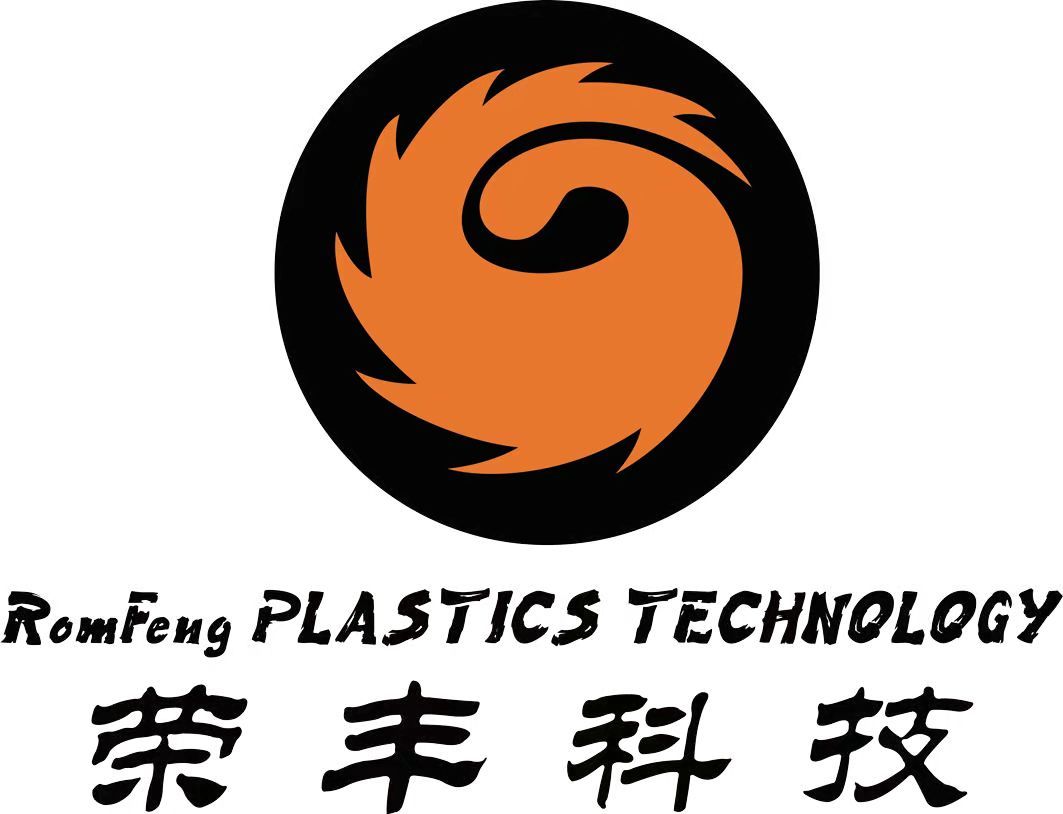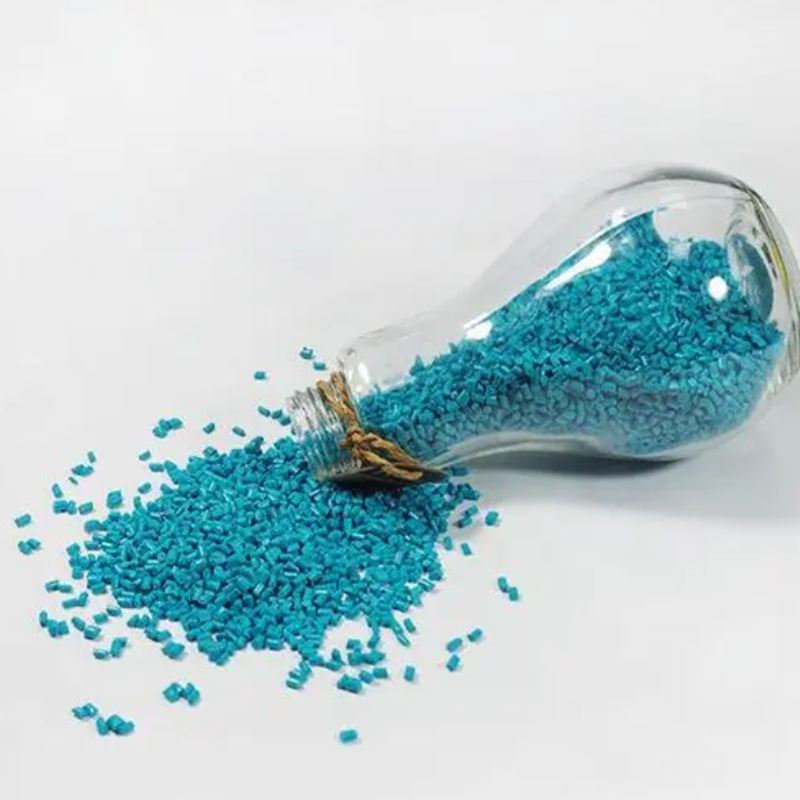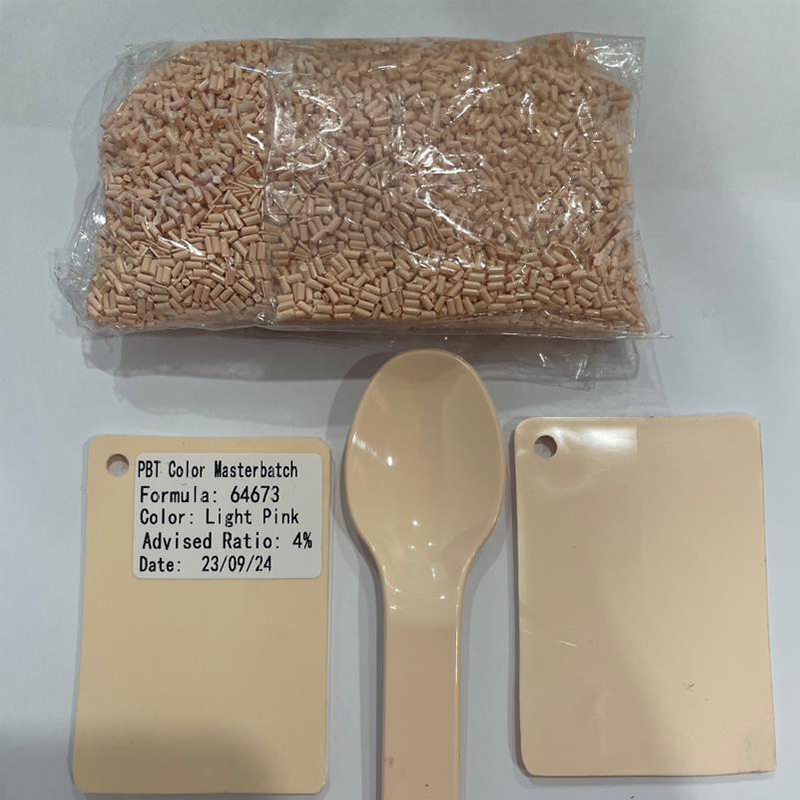Unlocking Vibrant Possibilities with Color Masterbatch for PC: Transforming the Plastics Industry
Release time:
2025-07-16 14:40
Source:
Unlocking Vibrant Possibilities with Color Masterbatch for PC
Table of Contents
- 1. Introduction to Color Masterbatch for PC
- 2. What Is Color Masterbatch?
- 3. The Importance of Color in PC Products
- 4. Benefits of Using Color Masterbatch in Polycarbonate Manufacturing
- 5. Applications of Color Masterbatch in Polycarbonate Products
- 6. Innovations in Color Masterbatch Technology
- 7. Best Practices for Using Color Masterbatch with PC
- 8. The Future of Color Masterbatch in the Polycarbonate Industry
- 9. Frequently Asked Questions
- 10. Conclusion
1. Introduction to Color Masterbatch for PC
In the ever-evolving world of plastics, **color masterbatch** has emerged as a game-changer, especially for **polycarbonate (PC)** products. As manufacturers strive to create aesthetically pleasing and high-performance materials, color masterbatch plays a pivotal role in enhancing the visual appeal and functionality of polycarbonate applications. This article delves into the vibrant possibilities that color masterbatch offers, exploring its significance, benefits, and the future of its application in the plastics industry.
2. What Is Color Masterbatch?
Color masterbatch is a concentrated mixture of pigments and additives, encapsulated in a polymer carrier, allowing manufacturers to impart color to their products during production. This process simplifies the coloring of plastics, making it more efficient while ensuring consistency in color quality. Specifically, in the case of polycarbonate, color masterbatch provides a robust solution for achieving vibrant hues, enhancing both the aesthetic and functional properties of the material.
3. The Importance of Color in PC Products
Color plays a crucial role in consumer perception and product differentiation. In polycarbonate products, the importance of color is multifaceted:
3.1 Aesthetic Appeal
The visual attractiveness of a product significantly influences purchasing decisions. Color masterbatch enables manufacturers to create a spectrum of colors, meeting diverse consumer preferences and enhancing product appeal.
3.2 Brand Identity
For many companies, color is synonymous with brand identity. Custom colors achieved through masterbatch help reinforce brand recognition and loyalty among consumers.
3.3 Functional Properties
Beyond aesthetics, color can also impact the functional properties of polycarbonate products. For instance, specific pigments can enhance UV resistance, enabling products to withstand harsh environmental conditions while maintaining their appearance.
4. Benefits of Using Color Masterbatch in Polycarbonate Manufacturing
Incorporating color masterbatch into the production process yields several key benefits:
4.1 Enhanced Processing Efficiency
Using masterbatch streamlines the coloring process, reducing the need for pre-mixing and ensuring uniform dispersion of color throughout the material. This efficiency translates into time and cost savings for manufacturers.
4.2 Consistency in Color Quality
Color masterbatch provides consistent color quality across batches. This reliability is essential for maintaining brand standards and meeting consumer expectations.
4.3 Versatility in Color Selection
With the ability to produce an extensive range of colors, manufacturers can easily customize their products to meet market demands or specific client requirements.
4.4 Improved Physical Properties
Many modern color masterbatches are formulated with additives that enhance the physical properties of polycarbonate, such as impact resistance, thermal stability, and UV protection.
5. Applications of Color Masterbatch in Polycarbonate Products
Color masterbatch finds applications in various sectors, showcasing its versatility and adaptability in polycarbonate products:
5.1 Automotive Industry
In automotive applications, colored PC components, such as headlight covers and interior trims, benefit from color masterbatch by achieving vibrant colors while also providing durability and resistance to environmental stressors.
5.2 Consumer Electronics
Color masterbatch enhances the aesthetic appeal of consumer electronic devices, allowing for customized color options that align with brand identities while ensuring the products remain functional and resilient.
5.3 Construction and Architectural Applications
In construction, colored PC sheets can be used in facades and skylights. The use of color masterbatch improves the visual appeal and integrates seamlessly into diverse architectural styles.
5.4 Medical Devices
In the medical field, color-coded polycarbonate components enhance usability and safety. Color masterbatch allows for easy identification and differentiation of devices, contributing to better patient care.
6. Innovations in Color Masterbatch Technology
The landscape of color masterbatch technology is continuously innovating to meet the demands of modern manufacturing:
6.1 Eco-Friendly Masterbatches
With increasing environmental concerns, many manufacturers are now producing eco-friendly color masterbatches that reduce the carbon footprint and enhance sustainability.
6.2 Advanced Pigmentation Techniques
Innovative pigmentation techniques, such as the use of nanotechnology, are enhancing the color saturation and durability of masterbatches, leading to more vibrant and long-lasting colors.
6.3 Smart Color Masterbatches
Emerging technologies are paving the way for smart color masterbatches that can change color in response to environmental stimuli, enhancing the functionality of polycarbonate products in innovative ways.
7. Best Practices for Using Color Masterbatch with PC
To achieve optimal results when using color masterbatch with polycarbonate, manufacturers should consider the following best practices:
7.1 Selecting the Right Masterbatch
Choosing the right color masterbatch is crucial. Factors such as compatibility with polycarbonate, required color properties, and end-use applications should guide the selection process.
7.2 Conducting Pre-Production Testing
Performing pre-production tests helps assess the masterbatch's compatibility with the processing equipment and the final product's physical properties.
7.3 Maintaining Consistent Processing Conditions
Consistent processing temperatures and speeds ensure uniform color distribution and prevent issues related to color variation.
8. The Future of Color Masterbatch in the Polycarbonate Industry
The future of color masterbatch in the polycarbonate industry looks promising, driven by continuous advancements in material science and manufacturing technologies. As manufacturers prioritize sustainability, innovations in eco-friendly masterbatches will likely play a significant role. Additionally, the trend towards customization and personalization in consumer products will further enhance the demand for vibrant color options, positioning color masterbatch as an essential component in the plastic manufacturing landscape.
9. Frequently Asked Questions
Q1: What is the difference between color masterbatch and pre-colored resins?
Color masterbatch is a concentrated blend of pigments and additives, while pre-colored resins are already colored polymer materials. Masterbatch allows for greater flexibility in color choices and the ability to customize formulations.
Q2: Can color masterbatch be used with other types of plastics aside from polycarbonate?
Yes, color masterbatch can be used with various types of plastics, including polyethylene, polypropylene, and polystyrene, among others.
Q3: Are there any limitations to using color masterbatch?
Potential limitations include compatibility issues with certain polymers and the need for careful selection of pigment types to avoid affecting the physical properties of the final product.
Q4: How does temperature affect the performance of color masterbatch?
Temperature can significantly influence the dispersion and stability of the masterbatch during processing. Maintaining optimal processing temperatures is essential for achieving consistent color quality.
Q5: Is color masterbatch cost-effective for small production runs?
While color masterbatch is generally more cost-effective for larger production runs, manufacturers can benefit from minimal waste and better color consistency, making it a viable option even for small batches.
10. Conclusion
Color masterbatch for polycarbonate represents a transformative force in the plastics industry, offering unmatched opportunities for innovation and creativity. By leveraging the benefits of color masterbatch, manufacturers can produce vibrant, high-quality products that meet market demands while enhancing their brand identity. As technology continues to evolve, the potential for color masterbatch to drive advancements in polycarbonate applications remains limitless, unlocking vibrant possibilities for the future of manufacturing.
Color Masterbatch For PC








